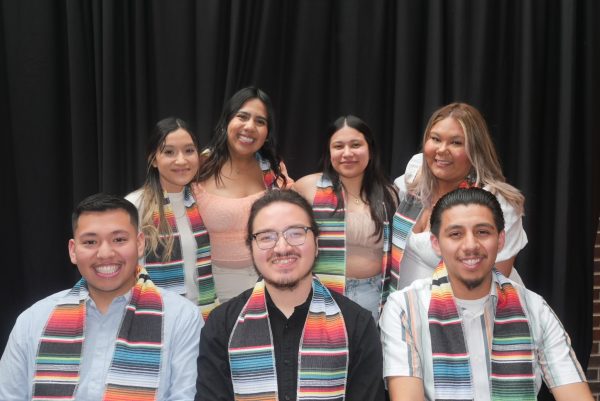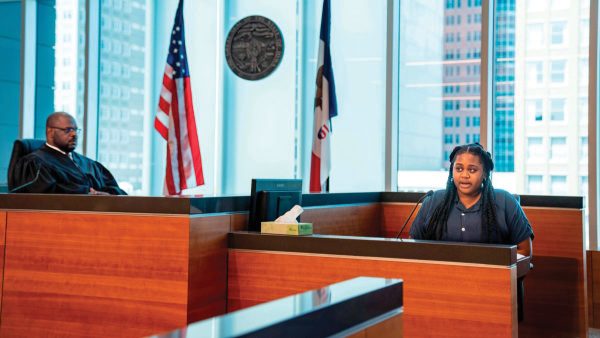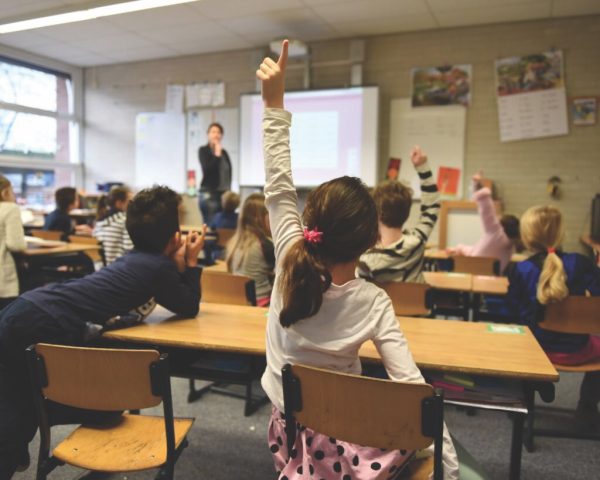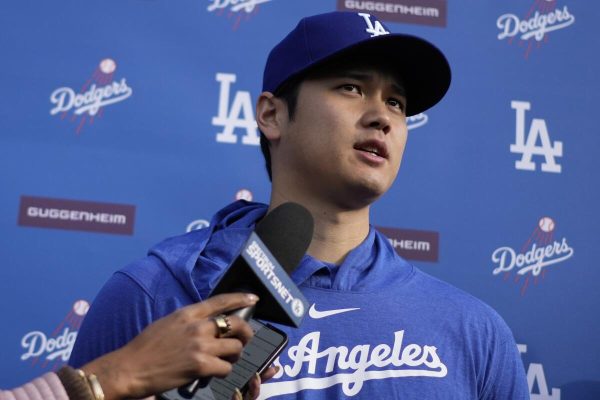Utilize music in education for better results
Nov 2, 2020
Recently, I was watching a video essay by music Youtuber A Bucket of Jake on The Caretaker’s “Everywhere at the End of Time,’’ a six-hour musical masterpiece that could warrant a thousand dissertations written on it. “Everywhere at the End of Time” is a work that manages to capture the existential horror and dread of dementia by presenting music that slowly becomes more and more distorted as it progresses through the six stages of dementia until it becomes an unrecognizable mess of sound.
While this project warrants a discussion of its own, I was particularly fascinated by a brief detour that Jake took in the middle of his video:
“This is how you get someone interested in a topic, (for)every school in America. I realize that after I did this, I had essentially made a research paper about dementia.”
That got me thinking about the educational value of music, both in how it affects the brain neurologically (in terms of memory, for example) and how it creates a sense of empathy and investment in a topic. By appealing to both logical and emotional facets of neurology, music can (and should) be applied in educational settings to make learning more productive, fulfilling and well-rounded.
People often joke that they can easily remember lyrics to a song they heard once a decade ago but can’t memorize information for an upcoming test. Turns out, there’s science behind that. Rhymes and patterns in music cause your brain to store musical information easily, and the more you listen to a song, the more it becomes cemented into your brain. Music has such a strong effect on memory that many patients with Alzheimer’s and dementia who have lost a majority of their memory will often still remember their favorite songs.
Music (and any art, by extension) has the ability to trigger extreme emotional responses from us and engage us better than academic text. While one can learn that dementia causes brain cells to die, this fact ultimately leaves them emotionally disconnected from the topic. However, if they listen to “Everywhere at the End of Time” and experience the simulated confusion and horror of the project, they will get a taste of what it’s like to experience said brain cell death.
Another good example of music sparking curiosity in academia is the Broadway musical “Hamilton,” a historical retelling of the story of Alexander Hamilton. Hamilton’s story has elements of struggle, war, romance, betrayal and death – elements that should be intriguing. However, as kids we were presented with a textbook depiction of these events and it’s exceedingly difficult to empathize with a historical figure when all you know are their achievements. That being said, when you watch or listen to “Hamilton,” Alexander Hamilton starts to become a person – someone who could exist today. Though “Hamilton” can certainly be criticized for having certain historical inaccuracies, it has undoubtedly succeeded in inspiring curiosity in the subject of Alexander Hamilton’s story, which only raises the question: what other topics could be made more accessible via music?
While academic texts are absolutely necessary in education, I think it’s clear that art, particularly music, has a place in education. Not just music for the sake of music, but for the sake of memorization, understanding more complex ideas (as in the case of “Everywhere at the End of Time”), or simply for making concepts that much more entertaining (as in the case of “Hamilton”).
Learning doesn’t have to be emotionally-removed and distant; it can be as involved and as personal as we’d like it to be.

















